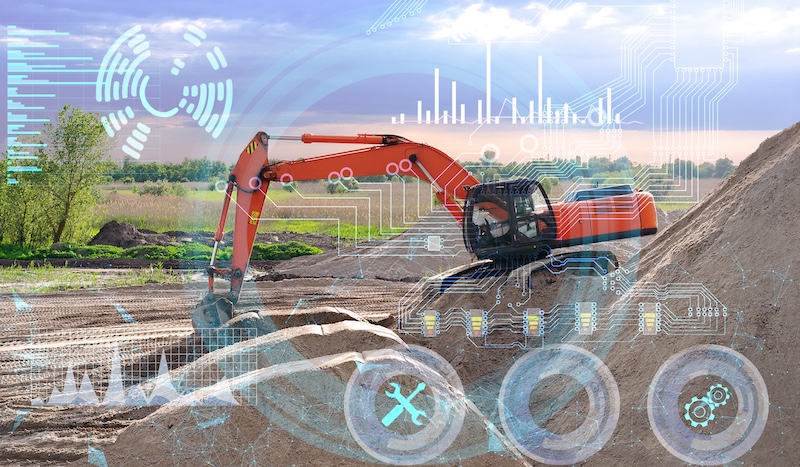The next frontier for IoT is here, and 2025 will mark a pivotal year as IoT transforms asset management and operations across industries.
While much of IoT’s potential has been explored, the coming year will see businesses moving beyond basic connectivity to create smarter, more predictive, and adaptive systems that solve real-world challenges.
From predictive maintenance to real-time asset optimization, IoT will empower businesses to operate with greater efficiency, resilience, and precision. Here are three predictions for how IoT will reshape asset management and operations in 2025.
1. Predictive Maintenance Will Become the Norm
In 2025, predictive maintenance will shift from an emerging trend to a standard practice for asset-intensive industries such as manufacturing, logistics, and construction. By integrating IoT sensors with advanced analytics and AI, organizations will be able to monitor equipment conditions in real time and predict failures before they happen.
For instance, high-value assets like heavy machinery will continuously send performance data to cloud-based systems. Machine learning algorithms will analyze this data to detect anomalies and forecast maintenance needs, minimizing downtime and extending asset lifespans. Companies adopting predictive maintenance will see significant savings—cutting unplanned downtime by up to 50 percent and reducing maintenance costs by as much as 25 percent, according to Deloitte.
This predictive approach will be critical as businesses face mounting pressure to reduce costs and improve operational efficiency in increasingly competitive markets.
2. IoT-Driven Real-Time Asset Visibility Will Accelerate Decision-Making
The ability to track and manage assets in real time will become a competitive advantage in 2025. IoT-enabled sensors will deliver precise, real-time insights into the location, condition, and utilization of both physical and IT assets, driving faster and better decision-making.
For industries managing large inventories or distributed equipment, such as warehouses, construction sites, or global supply chains, this level of visibility will be transformative. Companies will move beyond outdated manual processes to automated systems that provide actionable insights. Whether tracking tools on a construction site or monitoring inventory in warehouses, IoT will eliminate inefficiencies, reduce errors, and improve resource allocation.
IT asset management will benefit as well. Organizations will use IoT to monitor devices and networks continuously, ensuring compliance, reducing cybersecurity risks, and optimizing underutilized resources. As IT ecosystems grow more complex, real-time asset visibility will become essential to maintaining operational integrity and security.
3. IoT Will Optimize Supply Chains Through Environmental and Operational Insights
The global supply chain has faced intense disruption in recent years, and IoT will play a critical role in making it more resilient, efficient, and environmentally sustainable in 2025. IoT sensors embedded in shipping containers, trucks, and warehouses will provide end-to-end visibility into shipment conditions—from temperature to humidity—ensuring product quality, particularly in industries like pharmaceuticals and food where environmental control is vital.
The real innovation lies in IoT’s ability to integrate environmental monitoring with predictive analytics. Companies will use IoT data to anticipate bottlenecks, adjust logistics in real time, and reduce waste. For example, dynamic route optimization powered by IoT will minimize fuel consumption and emissions, supporting sustainability goals while improving operational efficiency.
The Road Ahead: 2025 and Beyond
As IoT evolves, its role in asset management and operations will become more sophisticated and indispensable. Businesses that embrace IoT-driven solutions will achieve greater visibility, reduce costs, and position themselves to thrive in a data-driven economy.
We see IoT as the linchpin of smarter operations. In 2025, its integration with AI, cloud-based analytics, and advanced asset management systems will deliver actionable insights that drive efficiency, resilience, and sustainability.
The businesses that succeed will be those that leverage IoT not just as a tool for connectivity, but as a transformative engine for smarter decision-making and long-term growth. The next year will mark a tipping point—IoT will move from being a nice-to-have to an operational necessity, enabling organizations to solve challenges faster and seize new opportunities in a rapidly changing world.



